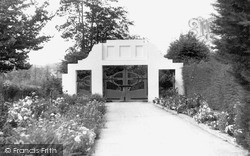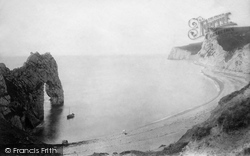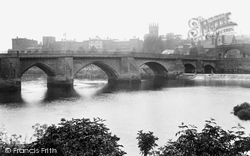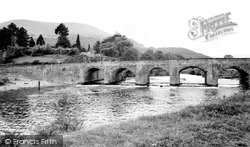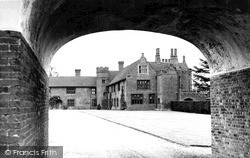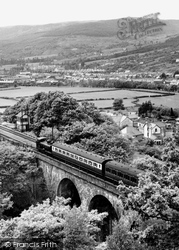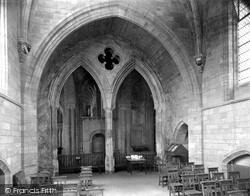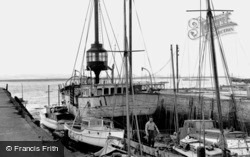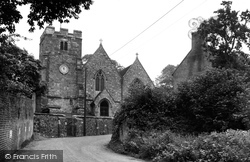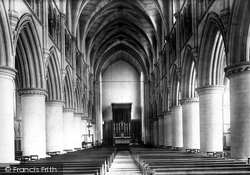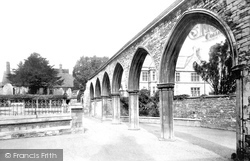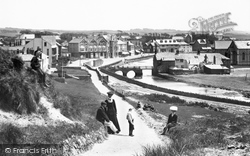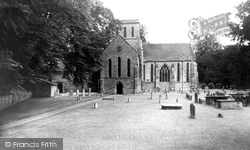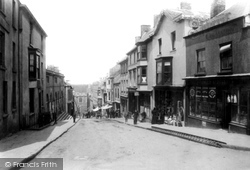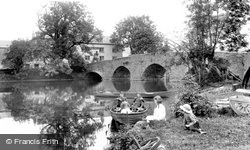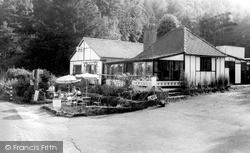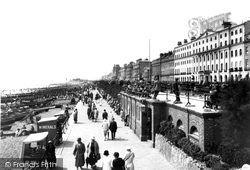Captions
1,233 captions found. Showing results 101 to 120.
The entrance arch, with its green gates, was demolished in the 1980s to allow access for lorries building the new leisure centre.
The great natural arch of Durdle Door braves the sea just a little way from the more famous Lulworth Cove.
The great natural arch of Durdle Door braves the sea just a little way from the more famous Lulworth Cove.
The old bridge with its seven irregular arches dates from the late 13th century and was partially rebuilt during the mid-14th century.
There seems to be ample room beneath the wide arches of Llanfoist Bridge, but when the Usk floods the waters have often risen to the top of them and flooded the Castle Meadows in the foreground.
Above this arch there is an impressive clock tower.
The River Severn is wide here on the approach to the town, so that a lengthy twin-arched bridge was needed to make the crossing.
The line is long-since closed, but this towering sixteen-arch structure stands as a lasting reminder of Victorian skill and energy.
The twin arches, with the quatrefoil over, are all that remain of the 13th-century Lady Chapel.
Grays is a much re-developed town, but it has a fine Norman church.
Above the altar hangs an impressive picture of the Last Supper.The chancel arch is a striking feature of the church, as is the 15th-century tower.
Since then it has been a school and a hospital; it is now Chepstow museum, which was originally housed above the Town Arch.
A temporary wall separates it from the crossing tower and the dust from the building works beyond the west tower arch.
The last two arches are showing signs of some form of reconstruction as the century closes.
The missing stone arch of Nanny Moore's Bridge marks the site of a mill.
St Mary and St Melore's is basically Norman, large and built mainly of flint; its large squat Early English tower rests on triple chamfered arches and has three wide-spaced single bell openings.
The arched building on the left is presently a building site.
In the background is the 16th-century five-arched bridge which gave the village its name.
The Lido Café was a much frequented leisure stop along the way.
The central bays of the promenade building survive, but the arched bays on each side were rebuilt in the 1950s.




